Unless you have been on an extended vacation to the moon for the last couple of years, you have probably heard the term NFT. You might have even heard what that acronym stands for, non-fungible token. But do you actually know what that term means? I confess I had little to no idea what they were, other than the hashtag NFT was all over Twitter. So I decided to do a little research, find out what they were and convey my findings to you, hopefully in plain English.
To do that, I am going to have to go back to the base of the NFT, which is cryptocurrency. Another modern technology that can be hard to get your head around.
What Is Cryptocurrency?
You have probably all heard the term Bitcoin. Whilst there are now dozens of cryptocurrencies, the term Bitcoin is the closest to explaining exactly what they are. In short a coin made entirely of computer bits. That makes it entirely digital, it can never exist in a physical form. It is also not controlled by any central banks.
The value of a Bitcoin or other cryptocurrency comes because there can only be an exact number ever created, in the case of Bitcoin, this is 21 million. The more volume that is traded the higher the value of the coin.
The backbone of any cryptocurrency is called the blockchain. This is a digital, encrypted ledger that tracks all the transactions made on that coin. Because it’s encrypted and spread across multiple computers worldwide, it’s immensely secure and virtually impossible to forge. New crypto coins are created by mining, a controversial technique that requires huge arrays of computers to solve complex mathematical problems. The reward for solving the problem is a newly formed coin. So where does photography fit into this?
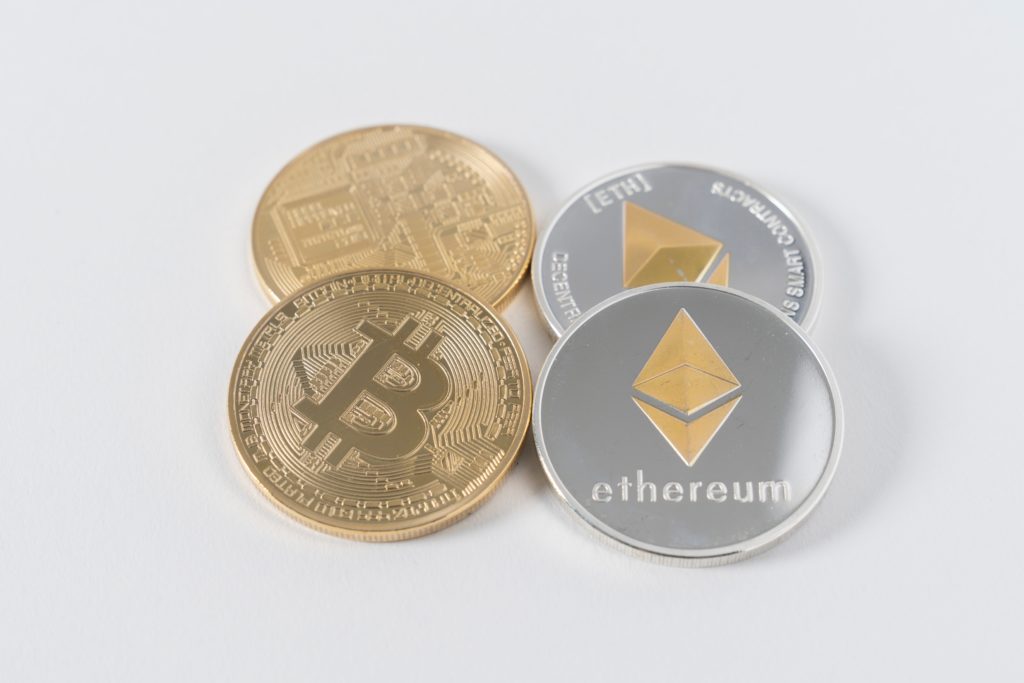
NFTs And Photography
Remember the blockchain that we talked about? That secure ledger that determines the history of how a cryptocurrency is used. Well, we can also apply that blockchain to any digital asset. That could be a music track, a character from a game, or a digital image.
Let’s explain the non-fungible bit. Actually, we start with fungible. Fungible means something that can be traded for something else of the same value. Physical currency is fungible. I can trade my dollars for an equivalent amount of euros and I have made a fungible transaction.
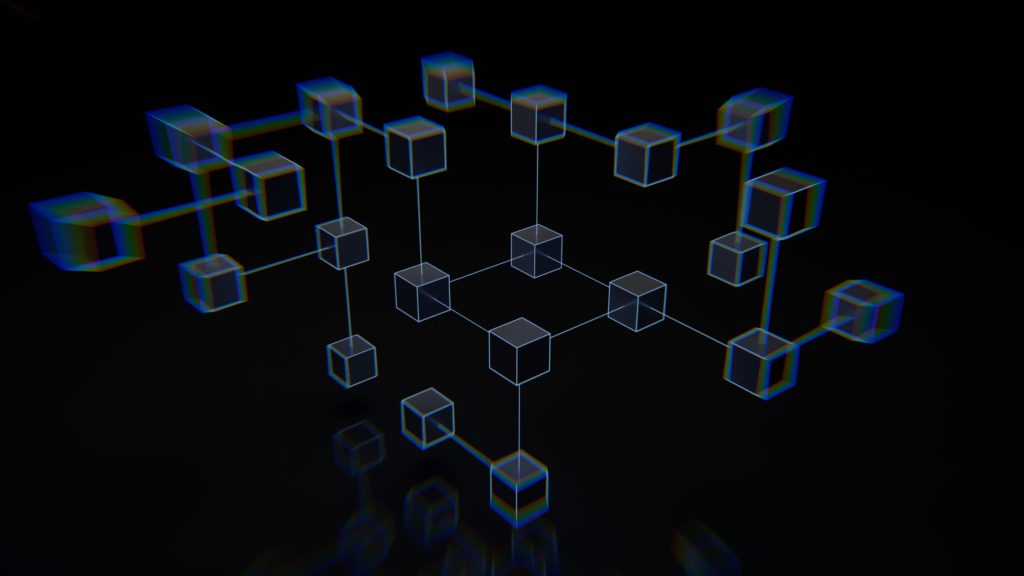
With a non-fungible token, a digital asset such as one of your photos is given an encrypted digital signature. This digital signature makes it unique, think of it as a RAW file that cannot be copied in any way. There can only be one copy of an NFT.
Now you can make multiple NFTs from the same photo, but in each case, each NFT will still have that unique digital signature. As photographers, this allows us to create the digital equivalent of a limited edition print. There might be only one, perhaps ten, even one hundred. However, the more NFTs that you make from a single digital image, the lower the price is likely to be for all of them. You can in fact make them worthless by minting too many.
Did You Just Say Minting?
Yes, minting is the way we create our NFTs. Presumably, it comes from the real currency world where countries mint coins. To mint an NFT we have to go back to cryptocurrency again.
Most, but not all NFTs are based on the Ethereum blockchain. Ethereum is a major cryptocurrency that has been around for a while and is extensively traded.
To mint our image into an NFT we are going to need a few things. Firstly some Ethereum, secondly a digital wallet to keep it in, and lastly a marketplace in which to mint and sell it.
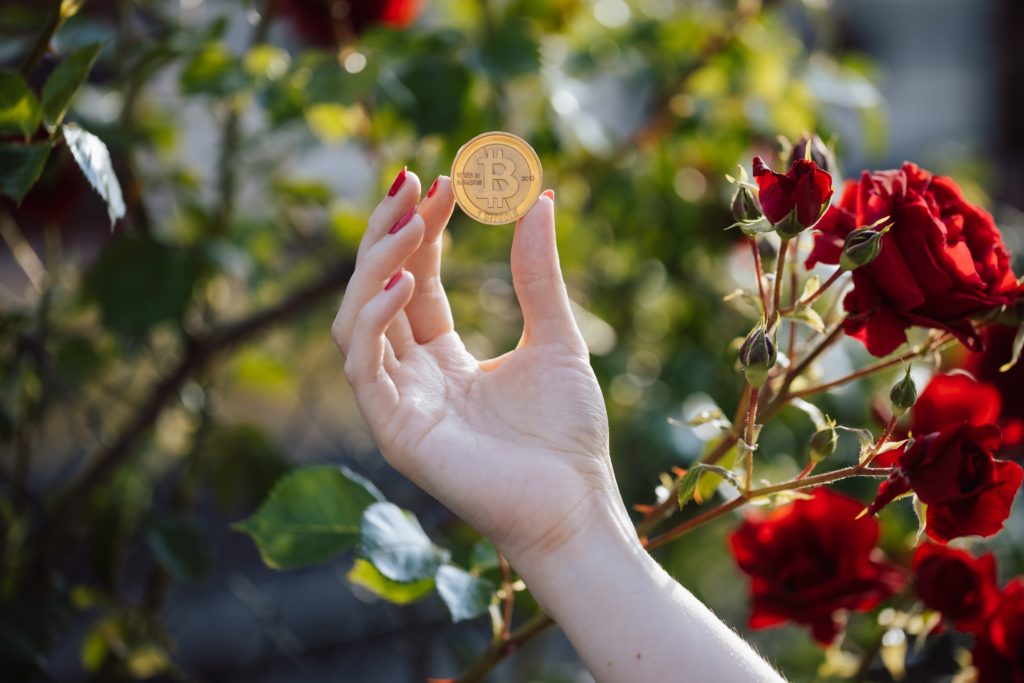
These days it’s actually very easy to buy and sell cryptocurrencies. Some, more progressive banks will allow you to do so, as will platforms like eToro and Coinbase. You buy crypto in much the same way that you trade real currencies. Exchanging your dollars, pounds, euros, and others for the equivalent amount of the crypto, less a small exchange fee. That crypto is then held in your account at the aforementioned exchange until you either buy something or trade it.
However to mint an NFT, we need to transfer our Ethereum to a digital wallet. These are most often phone-based apps that use the extra levels of security that modern phones have. Coinbase for example has its own wallet app that makes it easy to transfer your crypto. Think of it as a virtual version of withdrawing cash from an ATM.
Minting On A Marketplace
Once you have your crypto in your wallet, you can mint your NFT. You will need to choose carefully a marketplace in which to mint and sell it. Some marketplaces are very specific, trading for example digital game characters. Others, like Opensea, are more generalist and more suited to photography.
To join a marketplace, you usually sign in using your digital wallet. It’s well worth deciding which marketplace to use before signing up for a digital wallet as they often have limited options.
You upload your image to the marketplace and then decide how much you want to sell it for in Ethereum. Bear in mind Ethereum along with most other cryptocurrencies is very volatile and so, the real world value may change dramatically from day to day.
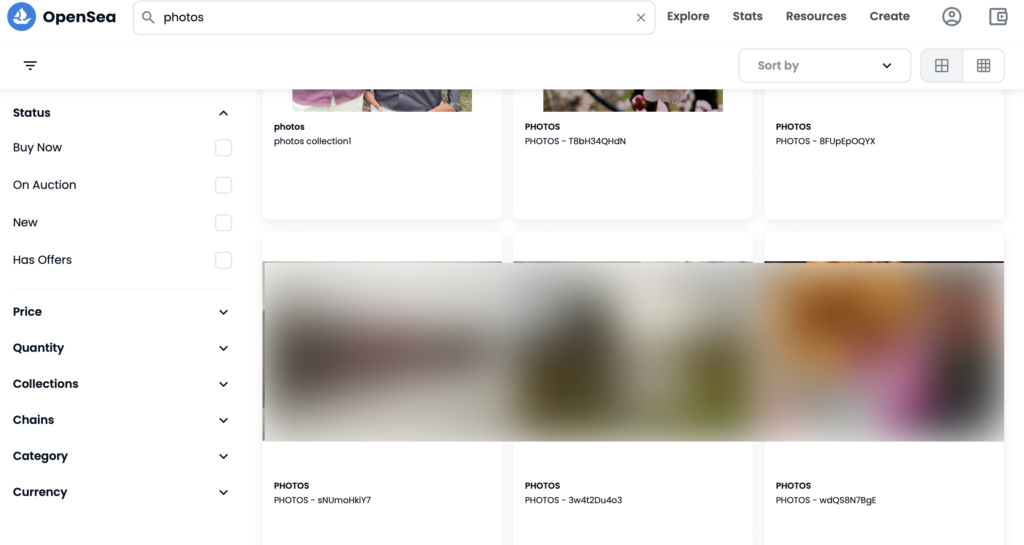
To actually mint your NFT, you will need to pay some small fees. The value of these fees can vary from hour to hour and according to the price you have set. If the fees are unusually high, it will be because there is a lot of trading activity. Wait for a few hours to see if the fees come down.
When you mint you can decide how many versions (limited editions) to make and sell. Each one will be sold individually.
So Should You Sell NFTs?
So here we reach the crux of the matter. Is it worth it? Honestly, I do not have the answer to that. By some accounts, NFTs are here to stay and are an amazing way for artists to sell unique editions of their work and of course, make money.
Others see NFTs as a giant Ponzi scheme that is doomed to collapse with the value of NFTs plummeting to zero. I cannot say who is right. As of yet, I have not minted any NFTs, if I do so, it will be on the basis of short-term gain rather than as a long-term plan. For the moment.
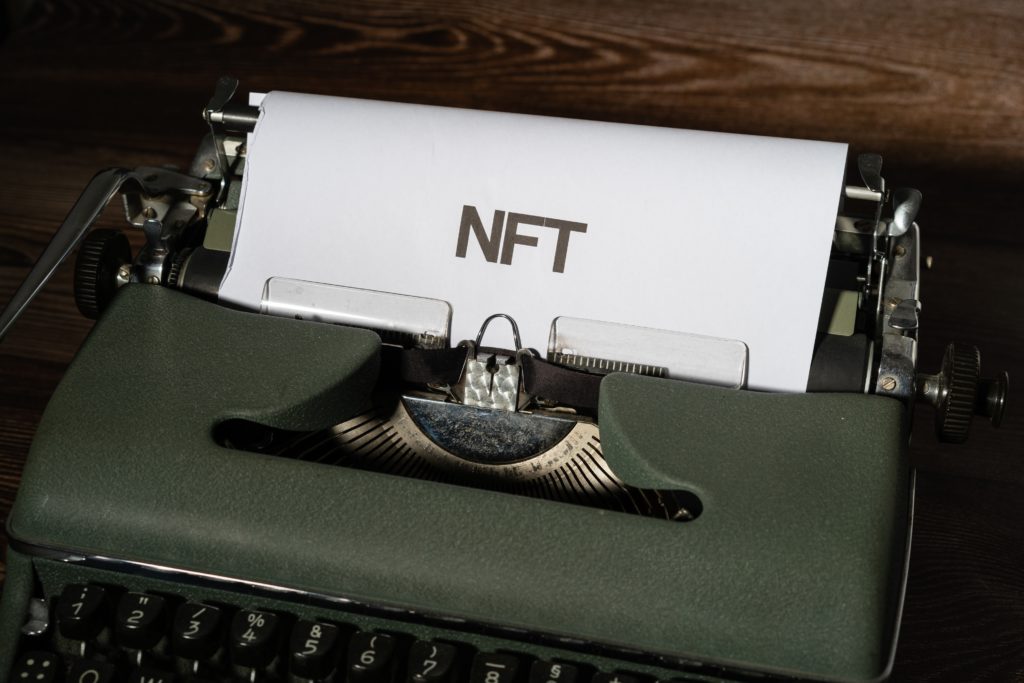
As a side note, although each NFT is a unique, digital product, the buyer of it, does not automatically assume copyright. The copyright remains with the original artist unless otherwise specified.
Hopefully, this article has gone some way to helping you understand the strange world of the NFT. For me, as yet it’s still very much in its “Wild West” stage. No one really knows yet where this is all going. However, it is something worth keeping a keen eye on and being ready to jump on the bandwagon when the gold rush is at its height.

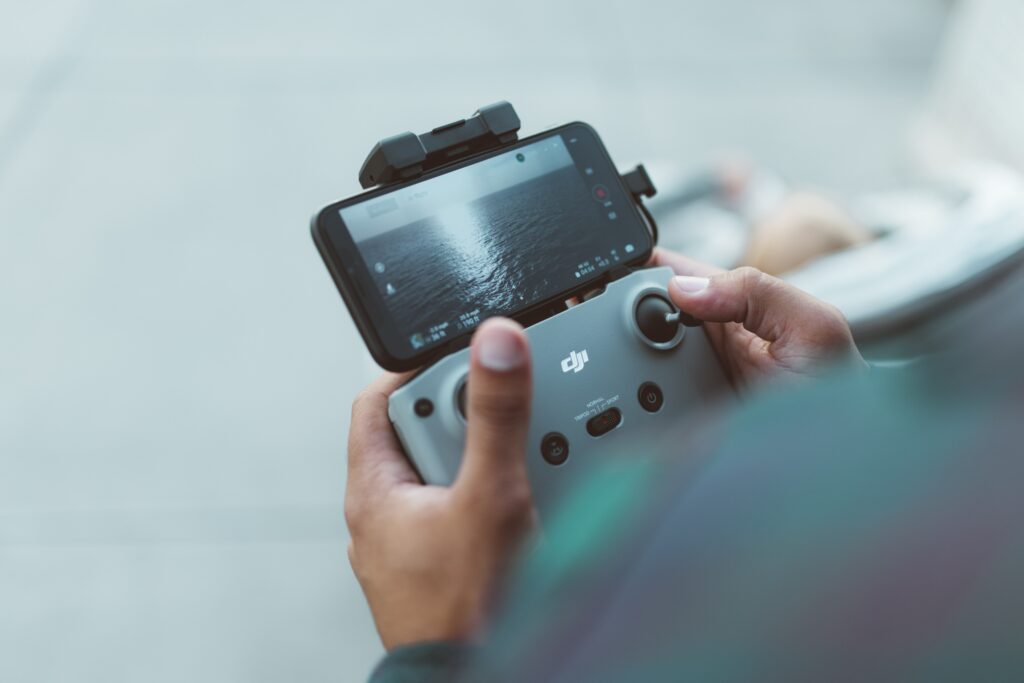
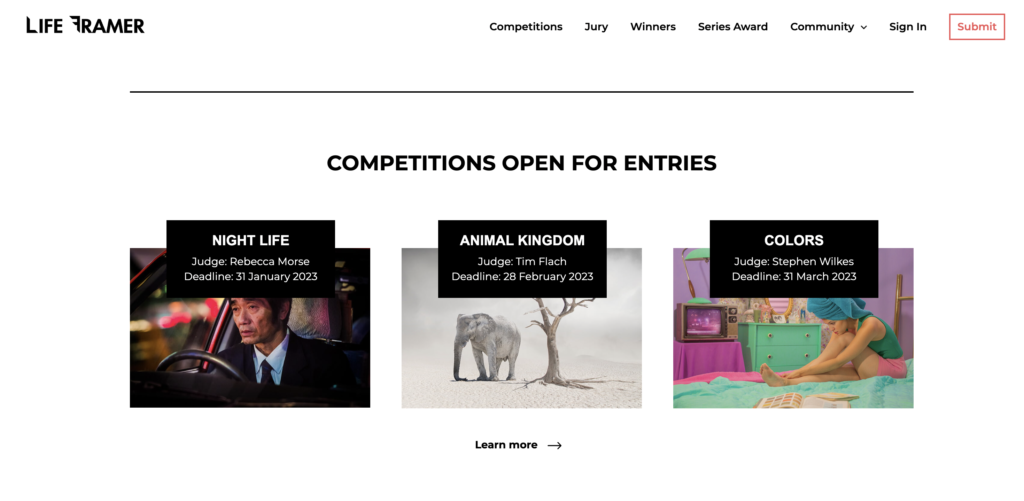


1 Comment
My issue with all this Bitcoin , NFT , ect they are not good for the enviroment .. think of all that power being used to run all these machines , a resource we need to try to use less off in this day and age .. I know what i say will not change a single thing but there you go 🙂